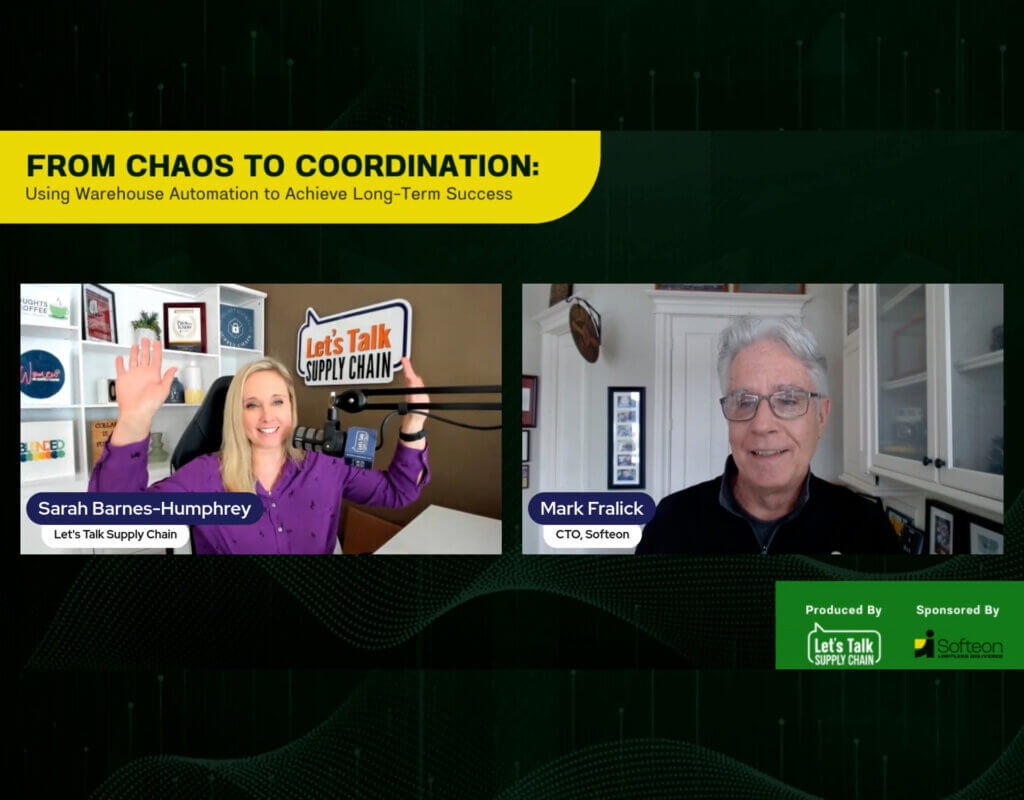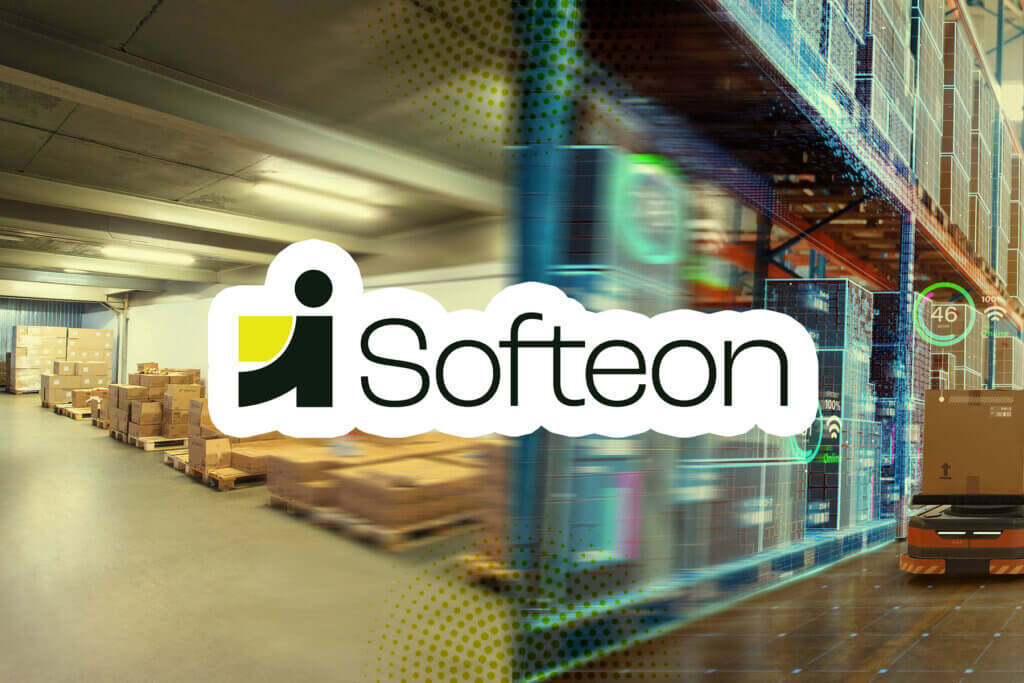03.26.21
Warehouse execution systems grew out of the need to manage the way orders are processed in highly automated DCs to get more efficiency out of high-end fixed automation—but now the focus is expanding.
Many DCs make use of automation such as light-directed putwalls where workers process orders. WES can help avoid inefficiencies at putwalls by intelligently deciding which orders and items should be processed using a putwall, and which orders are best processed some other way, says Dan Gilmore, chief marketing officer with Softeon, which offers WMS/WES software. Generally, it’s best to avoid sending single line item orders through a putwall, as that creates an extra handling step versus a method like pick to cart.
“The software needs to be smart enough to identify which orders are best suited for processing through a putwall and release them in a way that will complete the maximum number of orders in the fewest number of picks.”
In Gilmore’s view, WES is evolving in a way that makes it essential to concepts like the “smart” or “autonomous” warehouse, especially if the WES has WMS-level functions in areas like labor management and cartonization. “To get to the fully smart warehouse, you need WES and WMS working together,” says Gilmore.
Predictive and Automatic
To gain maximum benefit from WES, it’s best to let the software’s algorithms automatically make many decisions around balanced flow and order release, rather than kicking them up for review by managers.
Gilmore says one customer deploying Softeon’s WES initially wanted some decisions elevated to managers for review, but during implementation, the supervisors didn’t have enough time to do those reviews, so they let the WES make decisions autonomously. “It operated flawlessly, so they decided, ‘we’re not going to back to recommendation mode,’” says Gilmore.
While business intelligence features live under WES when it comes to rapid decisions around the release of work to the floor, or how to balance work across zones, it’s best to let WES logic make most decisions, says Gilmore. “The system understands all those factors and can just automatically release work in a way that hits the carrier cutoff times,” he adds. “And, by the way, it is learning over time through machine learning what the actual performance parameters are, and refining its decisions through that knowledge.”
Full Story
Source: SupplyChain24/7.com




